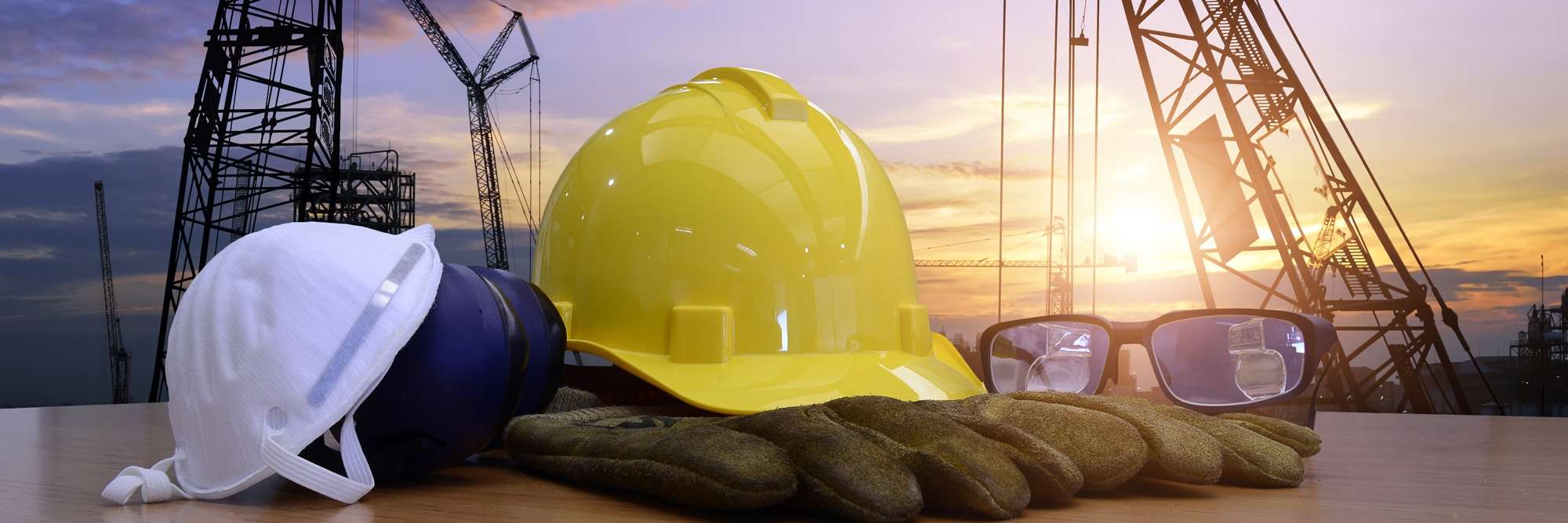The Building Safety Act 2022 has significantly transformed the construction industry, particularly in urban hubs like London. This legislation has introduced stringent safety requirements to ensure the well-being of residents and workers in high-rise and complex buildings. One of the key figures responsible for managing safety risks in compliance with this act is the Principal Designer. The building safety act principal designer in London is vital in creating safer, more sustainable construction environments while ensuring adherence to the new regulations.
What is the Building Safety Act?
The Building Safety Act 2022 was introduced to address growing concerns over fire safety and structural risks, particularly in high-rise residential buildings. This law was a direct response to the tragic events of Grenfell Tower and aims to hold duty holders accountable for safety throughout a building’s lifecycle. The act focuses on ensuring that buildings are safe for residents both during construction and long after completion.
In London, where high-rise buildings dominate the skyline, the Building Safety Act has prompted a renewed focus on safety, making the role of the Principal Designer more crucial than ever.
The Role of a Principal Designer under the Building Safety Act
The Principal Designer is a duty holder appointed under the Construction (Design and Management) Regulations (CDM), responsible for managing health and safety during the pre-construction phase of a project. With the enactment of the Building Safety Act, the responsibilities of the Principal Designer have expanded, especially in London’s densely built environment. Here’s how a building safety act principal designer in London operates under the new regulations:
Managing Safety from the Outset: The Principal Designer is responsible for ensuring that safety is embedded into the project from the earliest stages. This includes identifying potential risks and hazards during the design phase and ensuring that all design elements meet the requirements of the Building Safety Act.
Collaboration with Other Duty Holders: Collaboration is a key aspect of the Building Safety Act, and the Principal Designer plays a central role in ensuring that all parties, from contractors to architects, work together to prioritize safety. This coordination is crucial in complex projects where multiple stakeholders are involved, and safety must be managed across various stages of construction.
Pre-Construction Information (PCI): The Principal Designer is responsible for preparing and managing pre-construction information that details the safety requirements for the project. This information is essential for ensuring that the construction phase is conducted in line with the Building Safety Act regulations.
Safety Audits and Reviews: The Principal Designer must carry out regular safety audits and reviews to ensure that the project remains compliant throughout its duration. This includes checking that all contractors are adhering to safety protocols and that the design remains risk-free as the project progresses.
Accountability and Compliance: The Building Safety Act introduces stricter measures for accountability, placing more responsibility on duty holders, including the Principal Designer. They must ensure that all safety measures are adequately documented, communicated, and implemented. If any changes to the project are made, they must reassess the risks and ensure continued compliance with the new safety requirements.
The Unique Challenges of the Building Safety Act in London
London’s construction environment presents unique challenges due to the city’s density, the complexity of its projects, and the high number of high-rise buildings. These factors make the role of the building safety act principal designer in London particularly challenging and essential.
High-Risk Buildings: London has a large number of high-rise and complex buildings, many of which are subject to the stricter safety requirements of the Building Safety Act. The Principal Designer must ensure that these buildings comply with the latest safety regulations, which often involves managing a higher level of risk than in smaller projects.
Urban Environment: Working within London’s urban environment means dealing with tight spaces, existing infrastructure, and densely populated areas. The Principal Designer must account for these factors when managing safety risks, ensuring that both the workers and the public are protected.
Heritage and Modernization: Many construction projects in London involve the renovation or expansion of historical buildings. The Principal Designer must balance the need for modernization with the preservation of these structures while ensuring compliance with the Building Safety Act.
The Building Safety Act 2022 has placed a renewed focus on safety within the construction industry, particularly for high-rise and complex buildings in cities like London. The building safety act principal designer in London plays an indispensable role in ensuring that construction projects are compliant with the act, managing risks, and fostering collaboration among stakeholders.
By appointing a skilled and experienced Principal Designer, you can ensure that your project meets the highest safety standards and complies with the evolving regulatory landscape, ultimately delivering a safer and more successful outcome.





